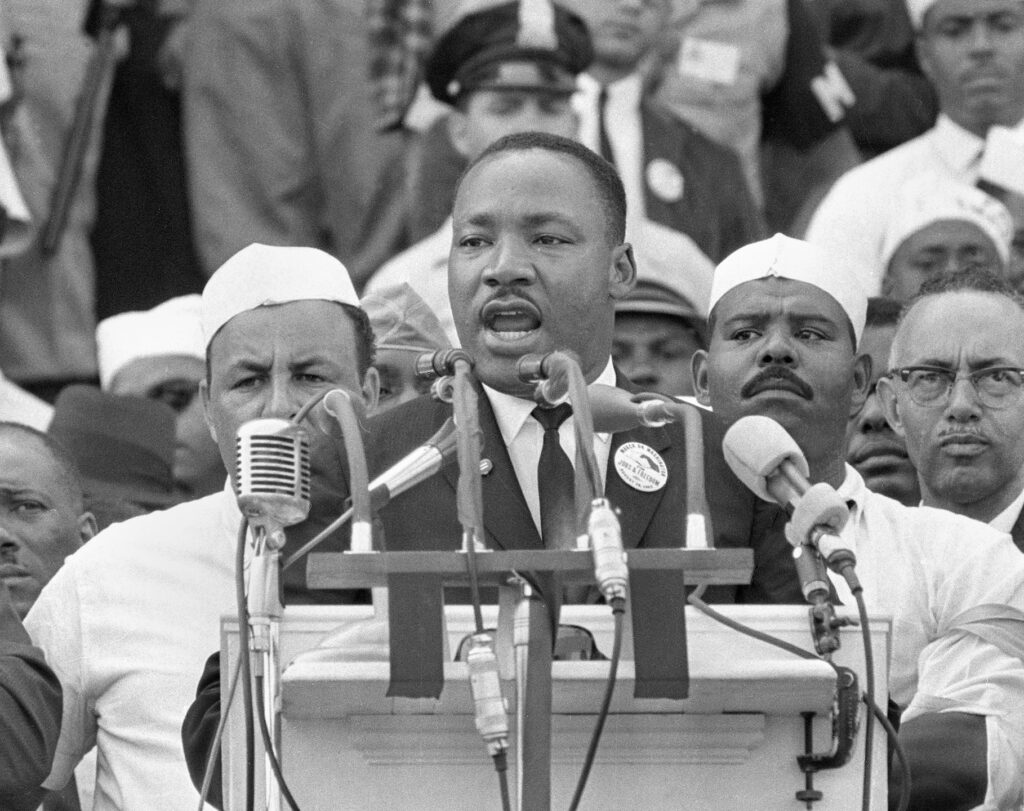On Aug. 28, 1963, from the Lincoln Memorial in Washington, Martin Luther King Jr. began by speaking of poverty, segregation and discrimination and how the United States had reneged on its promise of equality for Black Americans. If anyone remembers that dystopian beginning, they don’t talk about it, but the last part of the speech, “I Have A Dream” is one of American history’s most famous orations and most inspiring. What is etched into people’s memory is the pastoral flourish that marked the last five minutes and presented a soaring vision of what the nation might be and the freedom that equality for all could bring. The Associated Press has the story:
MLK’s 1963 ‘I Have A Dream’ is US most inspiring oration
Newslooks- WASHINGTON (AP)
The last part of the speech took less time to deliver than it takes to boil an egg, but “I Have A Dream” is one of American history’s most famous orations and most inspiring.
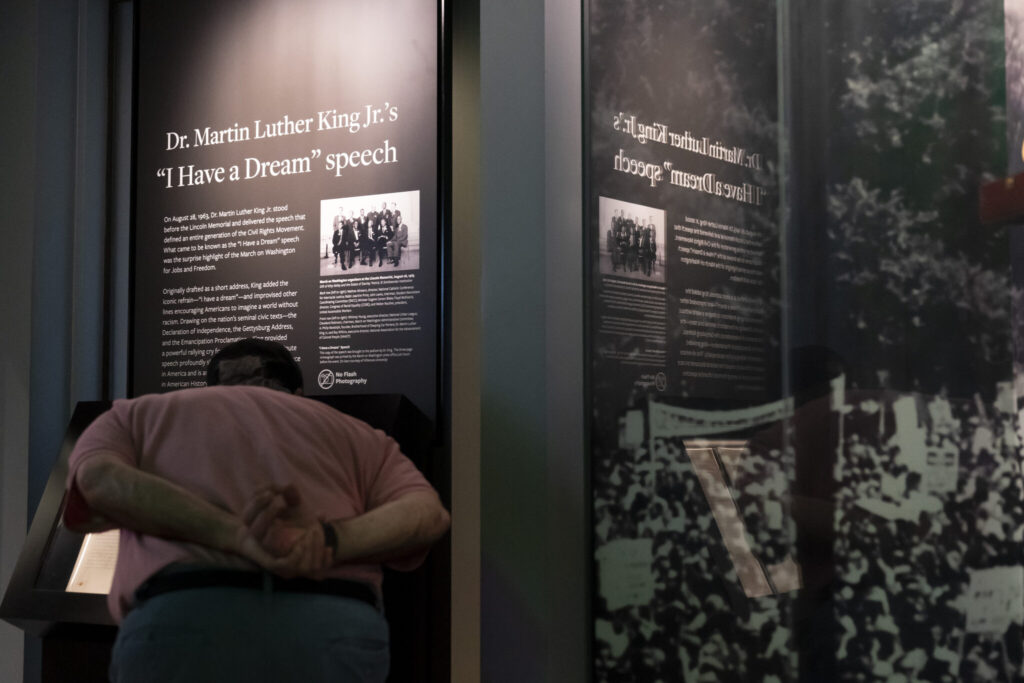
On Aug. 28, 1963, from the Lincoln Memorial in Washington, Martin Luther King Jr. began by speaking of poverty, segregation and discrimination and how the United States had reneged on its promise of equality for Black Americans. If anyone remembers that dystopian beginning, they don’t talk about it.
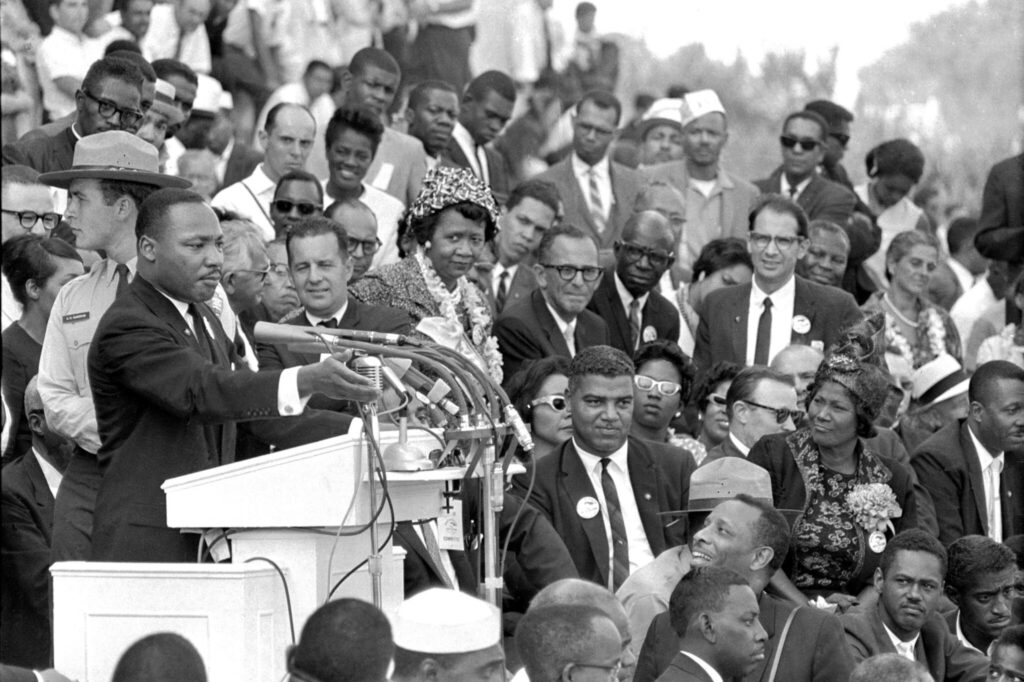
What is etched into people’s memory is the pastoral flourish that marked the last five minutes and presented a soaring vision of what the nation might be and the freedom that equality for all could bring.
As participants prepare to celebrate the 60th anniversary of the March on Washington for Jobs and Freedom, that five-minute piece of King’s 16-minute address is the star of that day and today it is the measuring stick of the country’s progress.How did that memorable moment come to be? Were there other speakers?
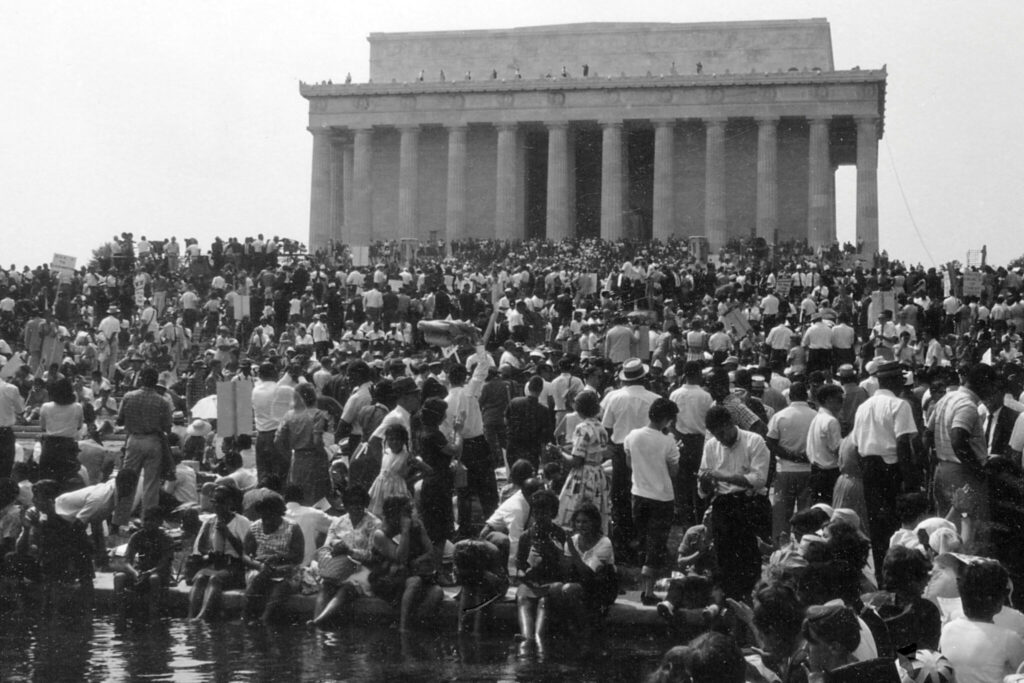
King was one of several prominent figures speaking to the many tens of thousands gathered on the National Mall that summer day. Others included A. Phillip Randolph, the march director and founder of the Brotherhood of Sleeping Car Porters; Roy Wilkins, the NAACP’s executive secretary; Walter Reuther, president of the United Auto Workers; and John Lewis, a 23-year-old who led the Student Nonviolent Coordinating Committee and later was a longtime congressman.
There were memorable moments before King spoke.
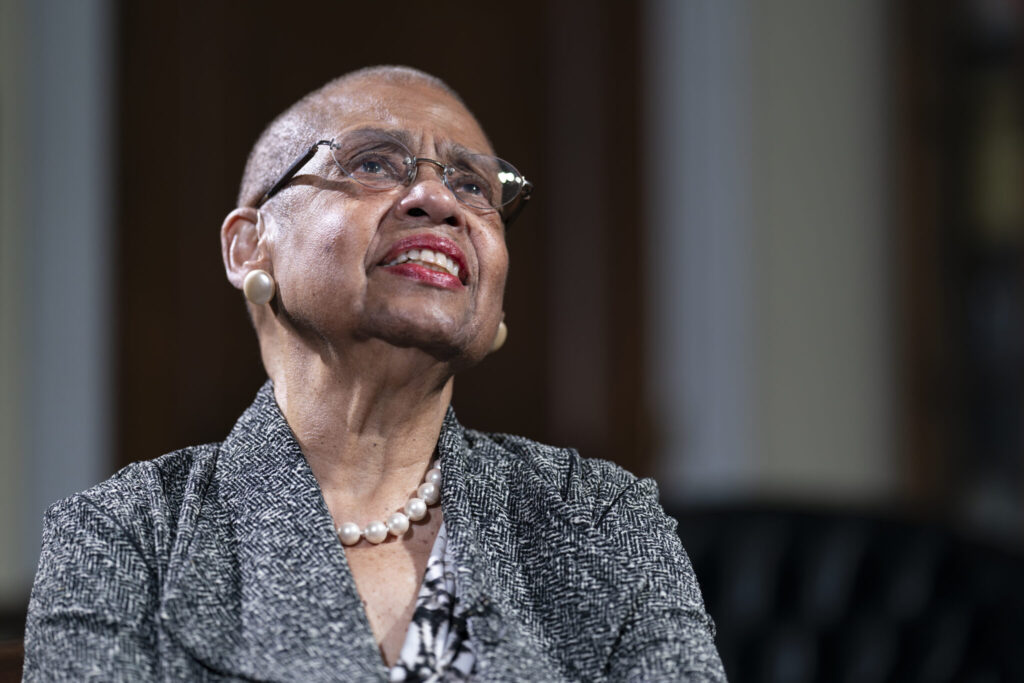
Eleanor Holmes Norton, who today is the District of Columbia’s veteran nonvoting delegate to Congress, was a SNCC member who helped organize the march. She remembers that march leaders got Lewis to tone down his planned speech because of concern it was too inflammatory. “He had phrases in there about, for example, Sherman marching through Georgia,” Norton said, a reference to Union Gen. William Tecumseh Sherman burning most of Atlanta during the Civil War. “So we had to work with the leaders of the march to change a little bit of that rhetoric.”
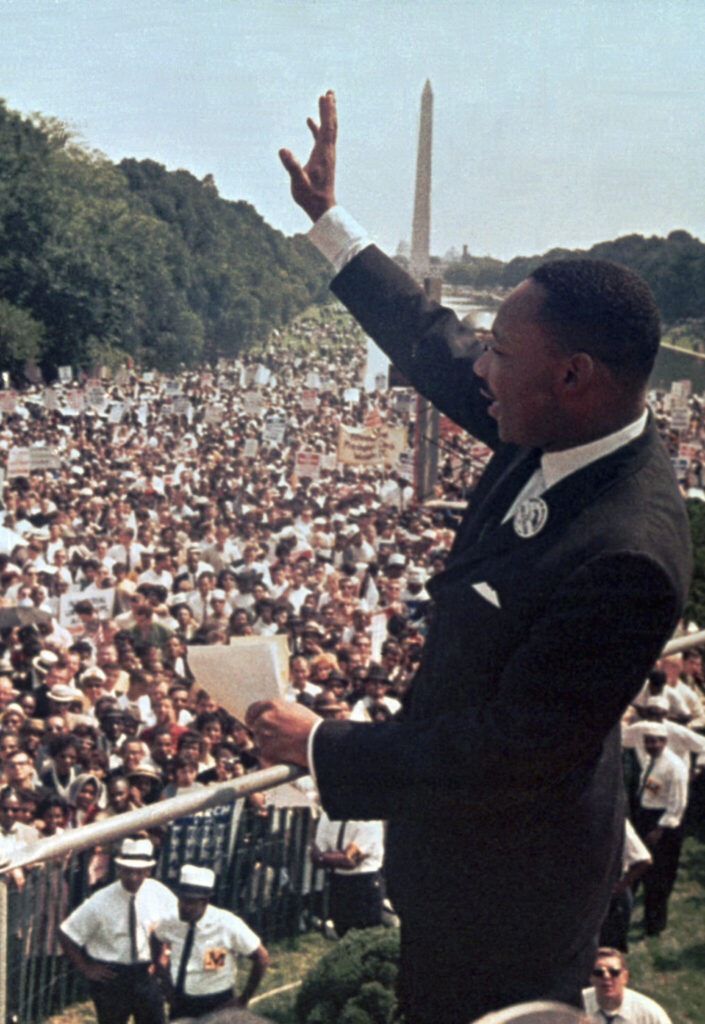
King had no peer at the microphone, she said, acknowledging she does not remember now what others may have said. “I’m afraid that Martin Luther King’s speech drowned out everything. It was so eloquent that it kind of surpassed every other speech.”Did King deliver the speech off the cuff?
The first two-thirds were from written text. The actual speech he used is on loan now at the National Museum of African American History and Culture in Washington, in the “Defending Freedom, Defining Freedom” gallery of the museum, and shows where he broke script.
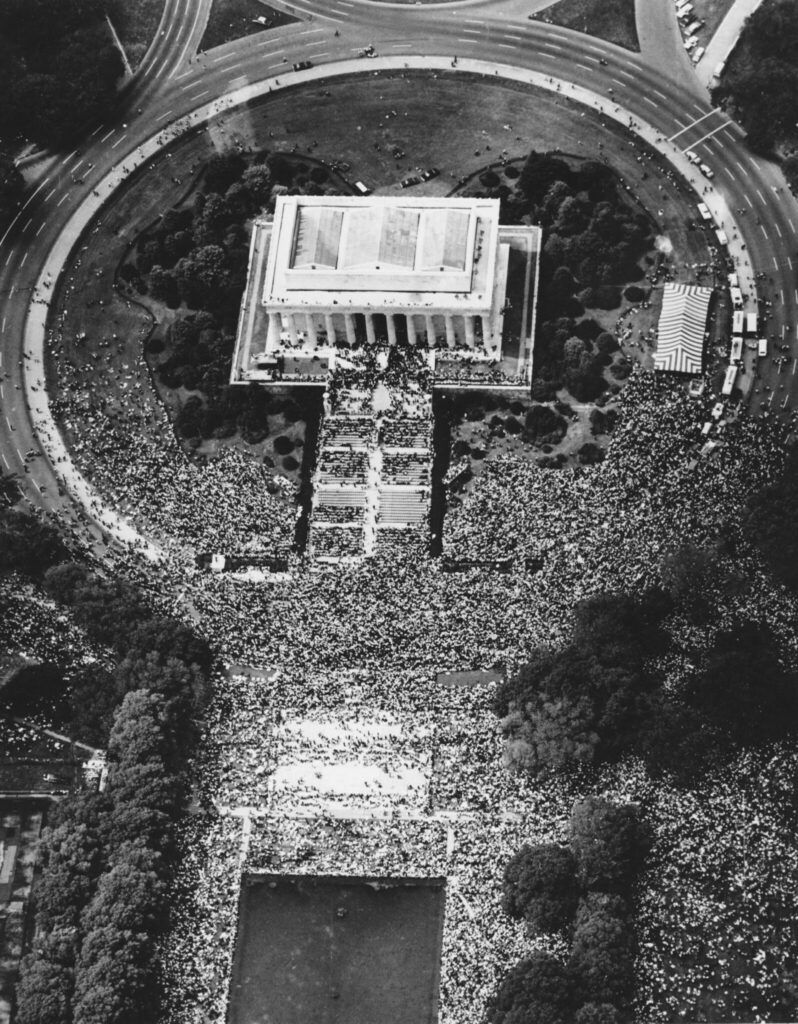
King lieutenant Andrew Young said in an interview that he worked with King preparing the text and “none of the things that we remember were in his speech. They didn’t give him but nine minutes and he was trying to write a nine-minute speech.”
A King biographer, Jonathan Eig, said King hit the end of his written remarks and kept going because “he was Martin Luther King” and “it was time to do what he loved to do best, and that’s to give a sermon.”Had King talked about a dream before?
Although he set the text aside, his deviation was not extemporaneous in the truest since of the word.
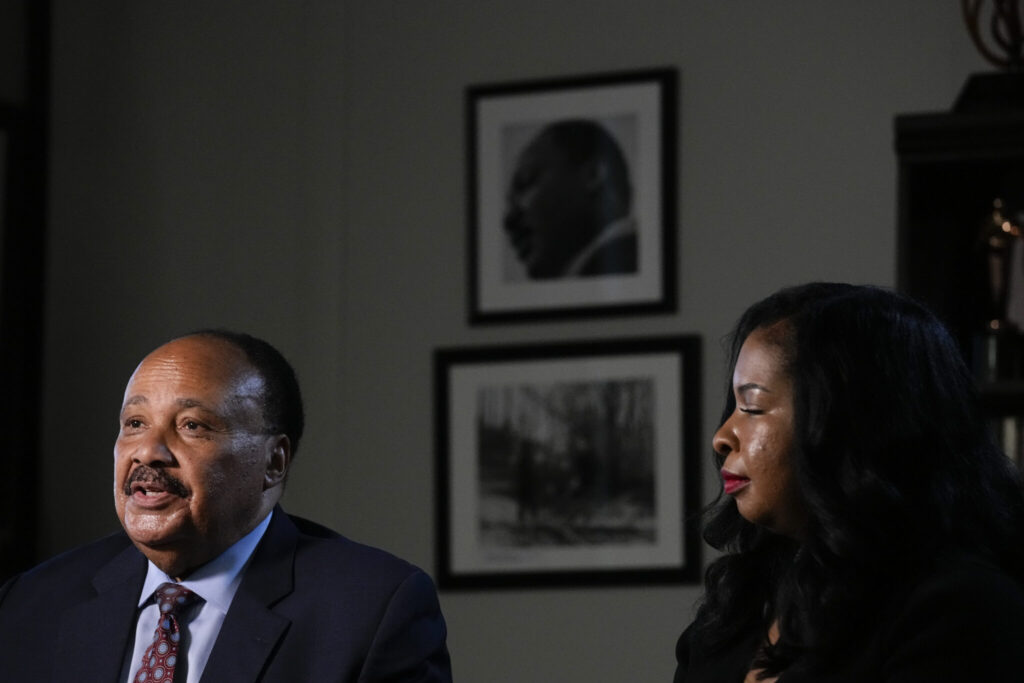
Eight months before the March on Washington, King gave an address in Rocky Mount, North Carolina, with similar themes, including a dream.
In June 1963, King spoke in Detroit and opened with the same recognition of Abraham Lincoln and the Emancipation Proclamation before noting that 100 years later, Black people in the U.S. were not free. He talked of the circumstances and sense of urgency but then moved into what he said was a “dream deeply rooted in the American dream.”
The speech mirrored points he would speak of two months later.
Although King used the theme on several occasions “he always made it sound fresh. That’s kind of how he operated,” said Keith Miller, an Arizona State professor who has studied and written extensively about King’s speeches and addresses.Legend has it that renowned gospel singer Mahalia Jackson prompted King to make the addition?
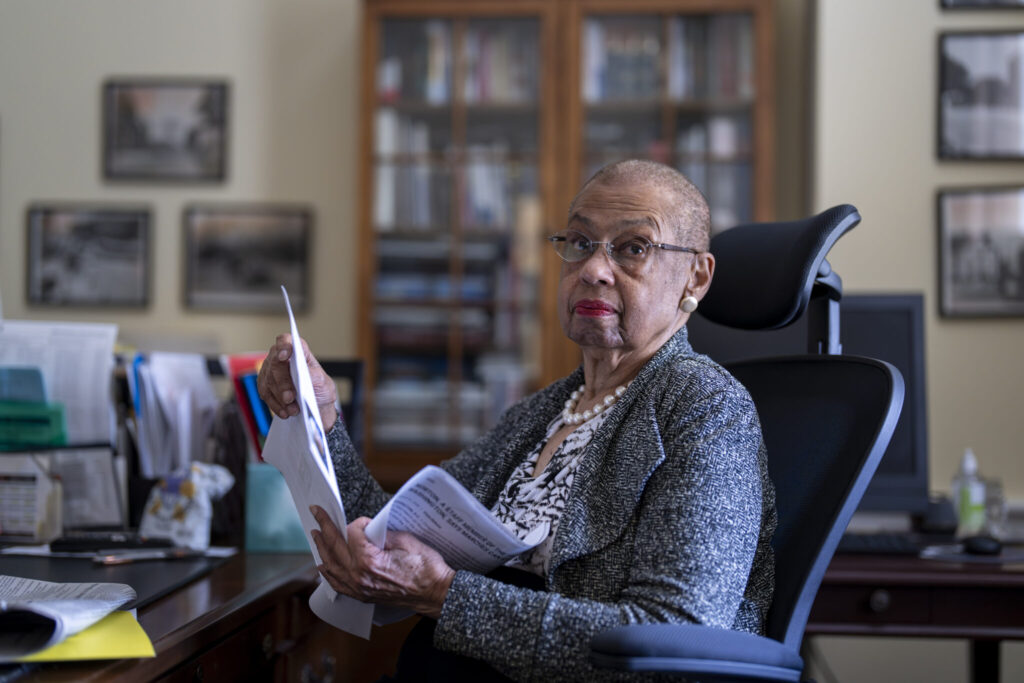
Whether Jackson was the catalyst or cheered him on after he started, King did not initially intend to speak about a dream and Jackson did say, “Tell them about the dream Martin.” Whatever the close sequence, the two are intertwined now in that moment.
Young said the speech “wasn’t going too well, but everybody was polite listening. But then Mahalia Jackson said, ‘Tell them about the dream Martin’ and he must have heard it or it was in his spirit any way and he took off.”
Arndrea Waters King, King’s daughter-in-law, said Jackson’s suggestion was the moment “that he just really broke out and really started to deliver, if nothing else, what most people remember when they remember the dream.”
Eig, author of “King: A Life,” said he has listened to the master tape made by Motown and she clearly pushes King about the dream, “but it’s only after he has already begun the dream portion of the speech.” Norton, who was nearby and heard Jackson, agrees that was the sequence.How important was the march to the steps toward equality in the 1960s?
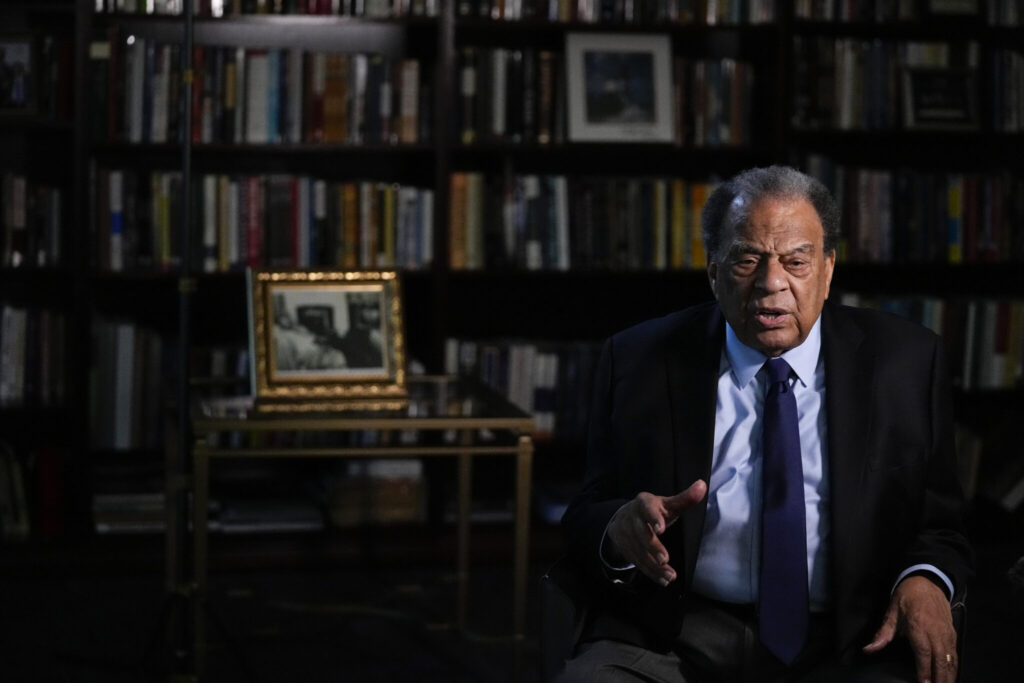
The diversity and size of the crowd and energy were major drivers for the Civil Rights Act of 1964 and the Voting Rights Act of 1965, as well as the fair housing law, Norton said. “It would have been very hard for Congress to ignore 250,000 people coming from all over the country, from every member’s district.”
Aaron Bryant, curator of photography, visual culture and contemporary history at the National Museum of African American History and Culture, said the impact was immediate in some ways.
“After the March on Washington, you had some of the organizers, some of the leaders of the march actually meeting with (President) John Kennedy and (Vice President) Lyndon Johnson, to talk more strategically about legislation. So it wasn’t just a dream. It was about a plan and then putting that plan into action,” Bryant said.
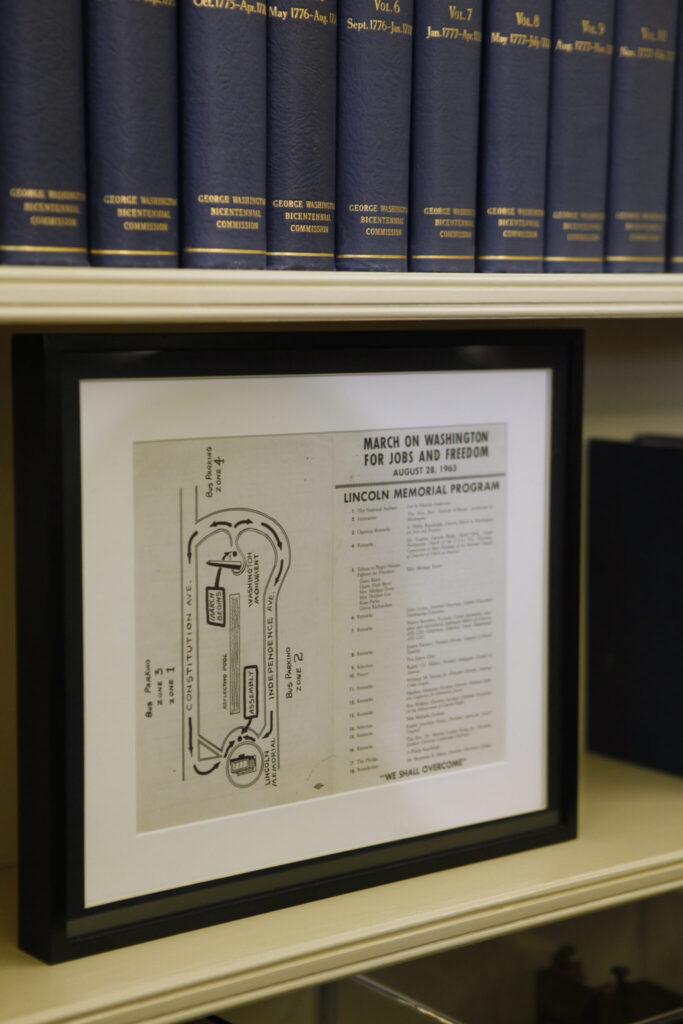
Historians and other luminaries of that time said tragedies and atrocities fortified those plans. Those include the bombing of the 16th Street Baptist Church in Birmingham, Alabama, that killed four girls two weeks after the march; the murders of three civil rights workers in Neshoba County, Mississippi, in 1964; and the televised beatings of civil rights activists on Bloody Sunday in Selma, Alabama, in March 1965.Why the focus on the final five minutes?
Eig believes that focus on hope and not the harsher reality of the day and the lack of progress is due in part to the predominantly white media that chose the inspirational part of the speech over King calling for accountability.
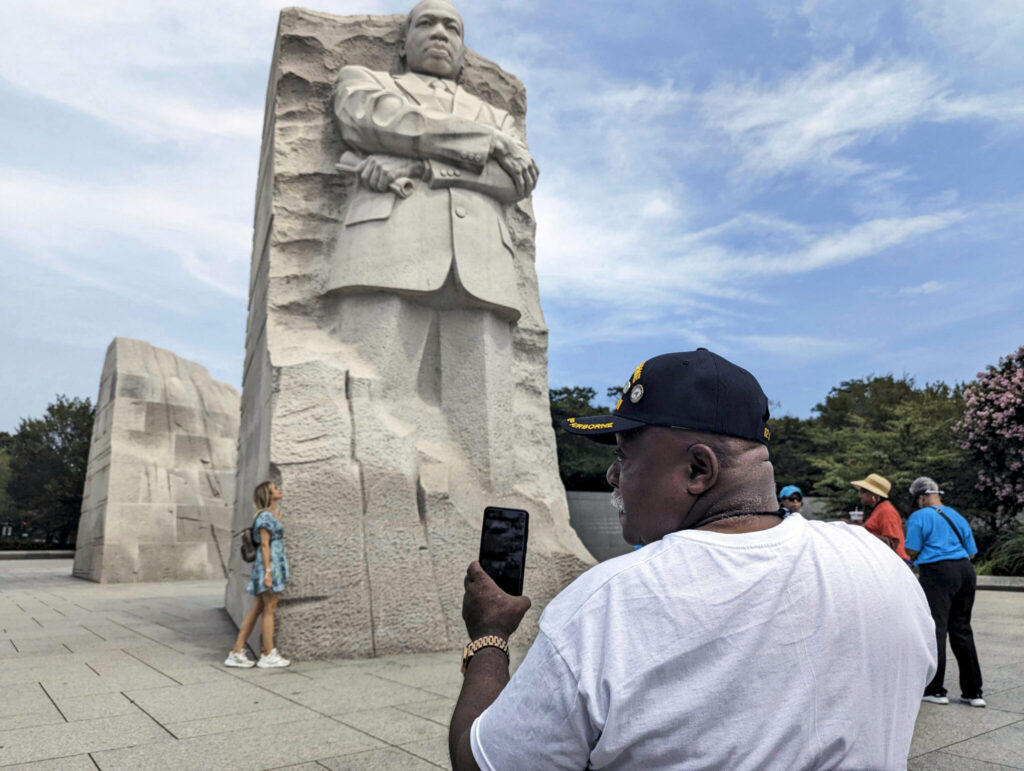
That focus has done a “disservice to King” and his overall message, Eig said, because “we forget about the challenging part of that speech where he says that there are insufficient funds in the vaults of opportunity in this nation.”Has the dream been achieved?
Bryant said the answer to that probably varies within generations, but a democracy “is always going to be a work in progress. I think particularly as ideas of citizenship and democracy and definitions among different groups change over the course of time.”
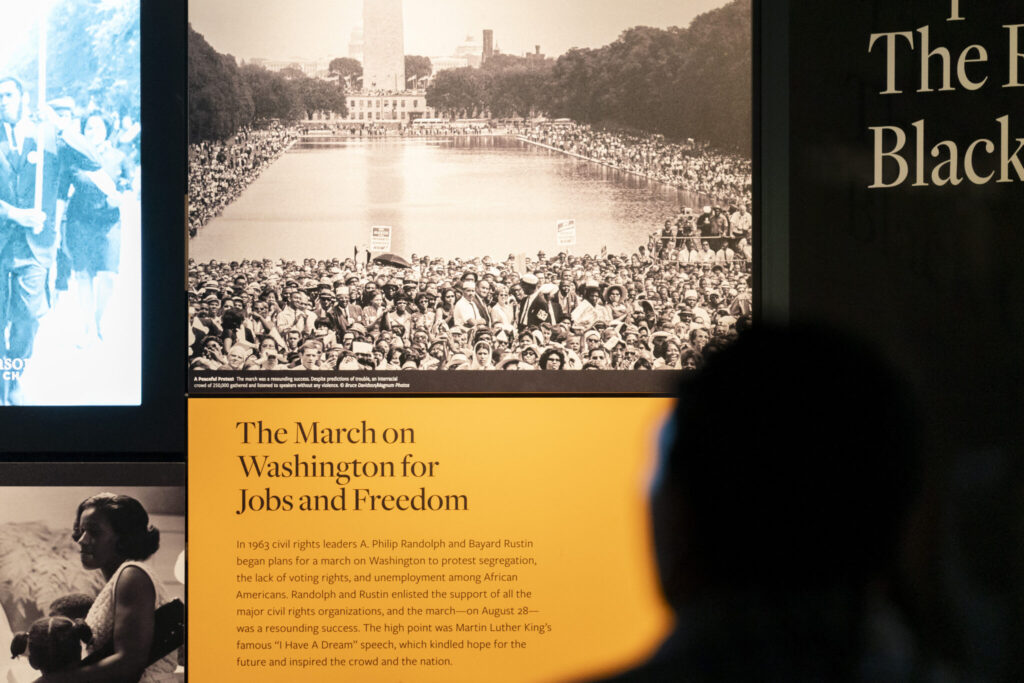
Bryant said history shows the progress that followed the march. “The question is how do we compare where we were then to where we are now?”
In the eyes of King’s older son, Martin Luther King III, “Many of us, and I certainly am one, thought that we would be further.” He referred to the rewriting of history today and the rise in public hate and hostility, often driven by political leaders.
“There used to be civility. You could disagree without being disagreeable,” he said.

